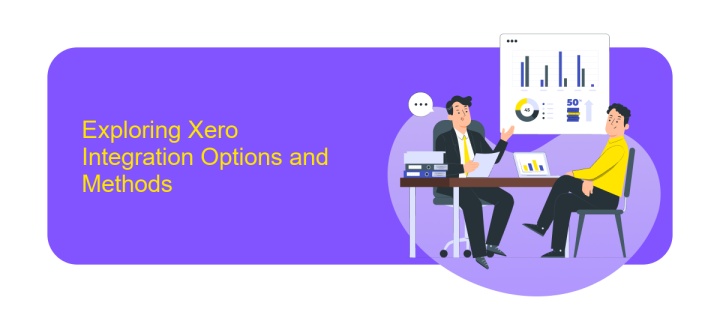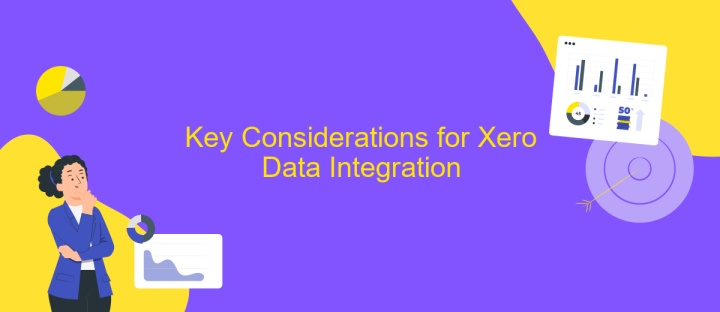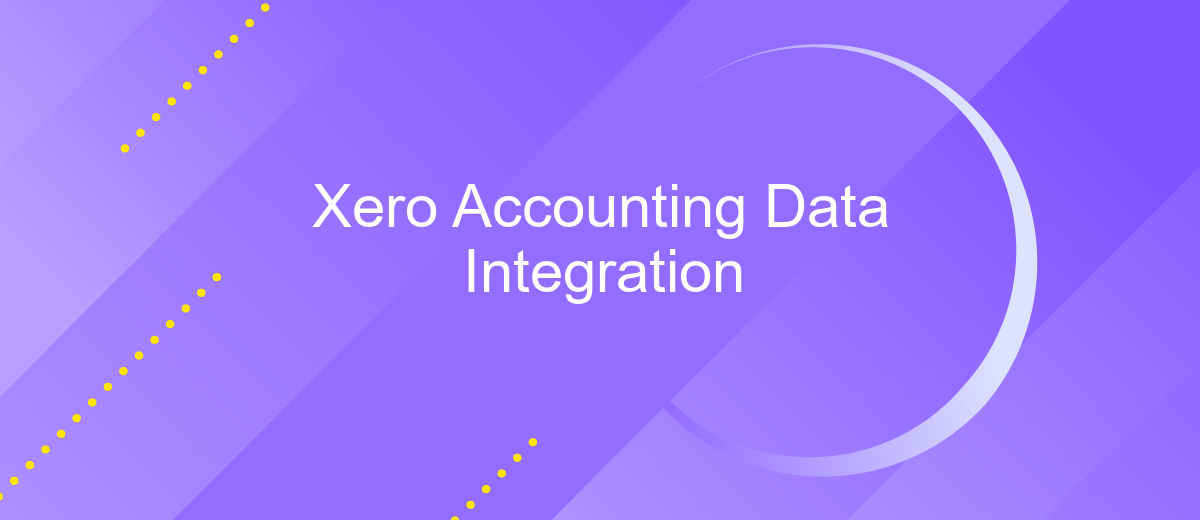Xero Accounting Data Integration
In today's fast-paced business environment, seamless data integration is crucial for maintaining efficiency and accuracy. Xero Accounting offers a robust platform that simplifies financial management for businesses of all sizes. This article explores the benefits and methods of integrating Xero Accounting data with other business systems, highlighting how such integration can streamline operations, enhance decision-making, and provide real-time financial insights for improved business performance.
Understanding Xero Accounting Data and its Benefits
Xero is a powerful cloud-based accounting software designed to simplify financial management for businesses of all sizes. Understanding Xero accounting data is crucial for leveraging its full potential. This data encompasses a wide range of financial information, including invoices, bank transactions, expense claims, and payroll details. By integrating this data effectively, businesses can streamline their financial processes and gain real-time insights into their financial health.
- Enhanced accuracy: Automated data entry reduces human errors.
- Time savings: Streamlined processes free up time for strategic tasks.
- Real-time insights: Access up-to-date financial information anytime.
- Scalability: Easily manage growing volumes of financial data.
- Improved decision-making: Data-driven insights facilitate informed choices.
Integrating Xero accounting data into your business processes offers numerous benefits. It not only enhances the accuracy and efficiency of financial operations but also provides valuable insights that drive better decision-making. With real-time access to financial data, businesses can respond swiftly to market changes and optimize their strategies. Embracing Xero's capabilities can significantly contribute to a company's growth and success by ensuring financial data is both accessible and actionable.
Exploring Xero Integration Options and Methods

Integrating Xero with other business systems can significantly enhance operational efficiency by streamlining data flow and reducing manual entry. There are several options available for achieving this integration, ranging from direct API connections to third-party integration platforms. Direct API integration requires technical expertise to develop and maintain, but it offers the most flexibility and control over data handling. This method is ideal for businesses with specific integration needs that cannot be addressed by pre-built solutions.
For companies looking for a more accessible approach, third-party integration services like ApiX-Drive offer a user-friendly solution. ApiX-Drive allows businesses to connect Xero with various applications without the need for extensive coding knowledge. It provides pre-configured templates and an intuitive interface, enabling seamless data synchronization between Xero and other platforms. By leveraging such services, businesses can quickly set up integrations, ensuring that their accounting data remains accurate and up-to-date across all systems. The choice between direct API integration and third-party solutions depends on the specific requirements and resources of the business.
Key Considerations for Xero Data Integration

When integrating Xero accounting data, several key considerations must be addressed to ensure a smooth and efficient process. Understanding these factors will help in optimizing the integration and maintaining data integrity. Initially, it's essential to evaluate the compatibility of your existing systems with Xero to avoid potential conflicts or data loss. Additionally, consider the security measures in place to protect sensitive financial information during the integration.
- Assess the compatibility of current systems with Xero to ensure seamless integration.
- Implement robust security protocols to safeguard financial data.
- Determine the frequency of data synchronization to keep information up-to-date.
- Identify key stakeholders and involve them in the integration process for better alignment.
- Plan for potential downtime or disruptions to minimize business impact.
By addressing these considerations, organizations can facilitate a successful Xero data integration, leading to enhanced financial management and operational efficiency. Ensuring stakeholder involvement and planning for contingencies will help mitigate risks and streamline the transition. Ultimately, a well-executed integration can provide valuable insights and support strategic decision-making.
Implementing and Managing Your Xero Integration

Integrating Xero with your business systems can streamline financial processes and enhance data accuracy. The initial step involves evaluating your current software environment and determining which systems need to communicate with Xero. It's crucial to ensure that your chosen integration method aligns with your business goals and technical capabilities.
Once you've outlined your integration strategy, the next phase involves configuring the necessary settings within Xero and any third-party applications. This may include setting up API connections, customizing data fields, and establishing automation rules. Testing the integration thoroughly is essential to identify potential issues before full deployment.
- Identify key data points for integration.
- Choose the right integration tools or platforms.
- Configure API settings and data mappings.
- Conduct comprehensive testing and validation.
- Monitor and maintain the integration regularly.
Effective management of your Xero integration requires ongoing attention. Regularly review system logs and performance metrics to ensure seamless operation. Be prepared to make adjustments as your business needs evolve. By staying proactive, you can maximize the benefits of your Xero integration, ensuring it remains a valuable asset to your financial management strategy.
Real-World Applications and Success Stories of Xero Integration
Xero's accounting integration has transformed how businesses manage their financial data by streamlining processes and enhancing accuracy. Many companies have successfully integrated Xero with various platforms, achieving seamless data synchronization and improved financial reporting. For instance, a retail company integrated Xero with its e-commerce platform, enabling real-time sales data updates and automated invoice generation, which significantly reduced manual entry errors and saved time.
Another success story involves a marketing agency that used Xero integration to connect with its CRM system. This integration facilitated automated billing and client management, allowing the agency to focus more on creative tasks rather than administrative burdens. Services like ApiX-Drive have been instrumental in these integrations, offering user-friendly tools to set up and manage these connections without needing extensive technical expertise. By leveraging such integrations, businesses can optimize their workflows, enhance productivity, and achieve greater financial transparency.
FAQ
What is Xero Accounting Data Integration?
How can I integrate Xero with other business tools?
What are the benefits of integrating Xero with other systems?
Is it necessary to have technical skills to set up Xero integrations?
Can I customize the data integration between Xero and other applications?
Time is the most valuable resource for business today. Almost half of it is wasted on routine tasks. Your employees are constantly forced to perform monotonous tasks that are difficult to classify as important and specialized. You can leave everything as it is by hiring additional employees, or you can automate most of the business processes using the ApiX-Drive online connector to get rid of unnecessary time and money expenses once and for all. The choice is yours!

